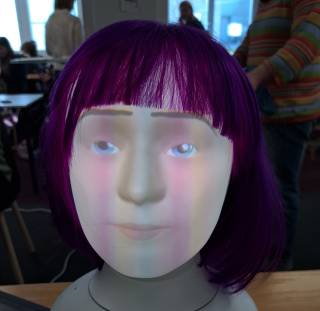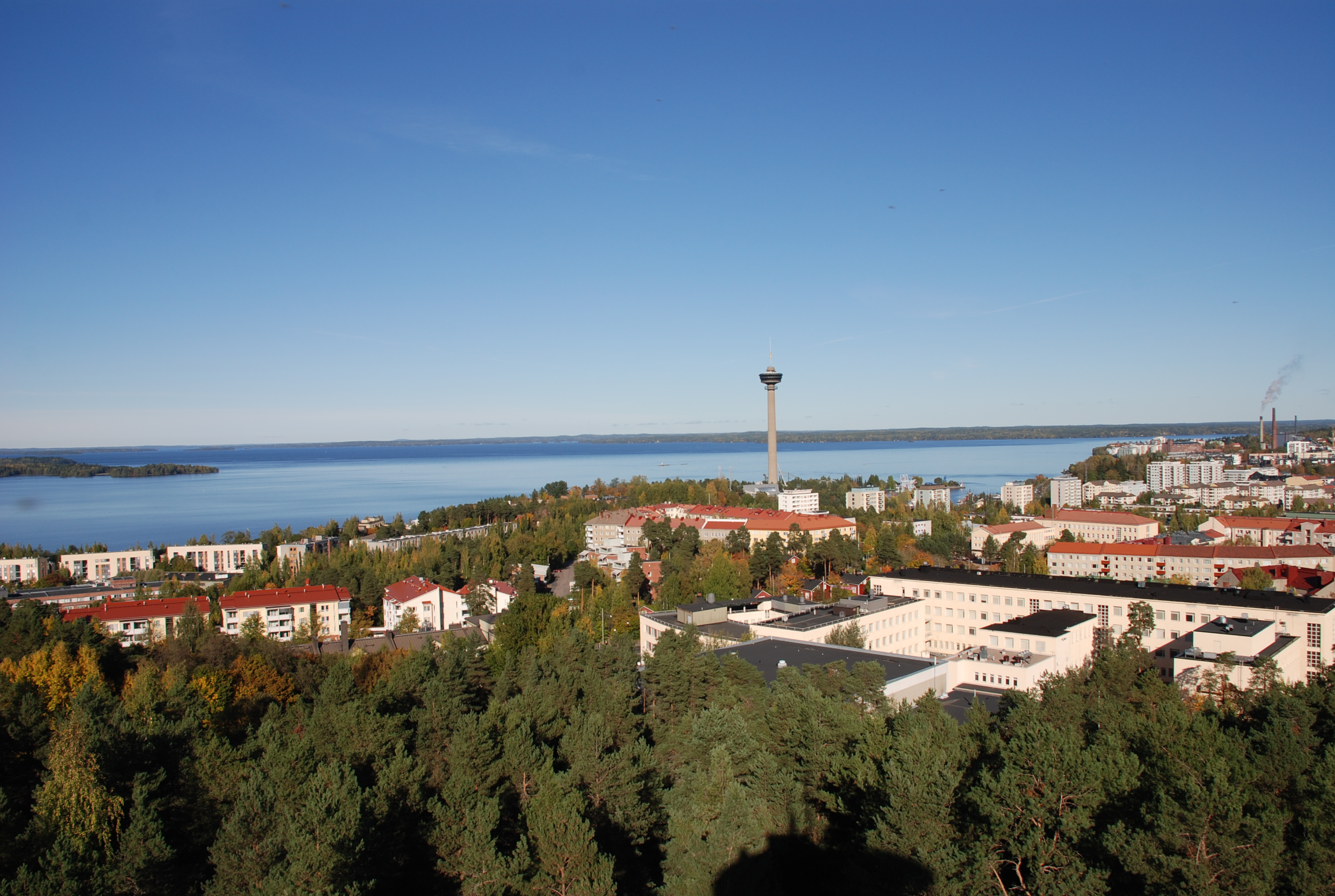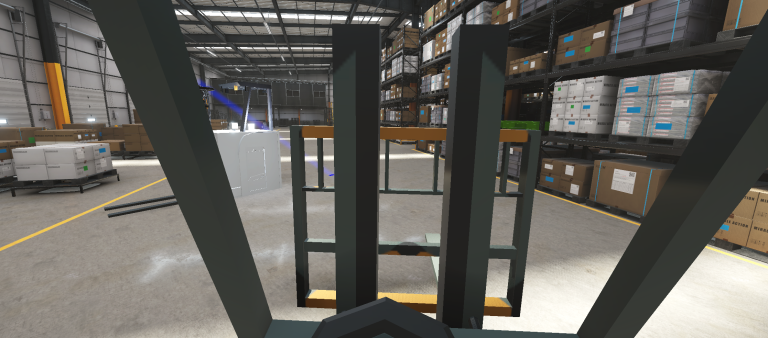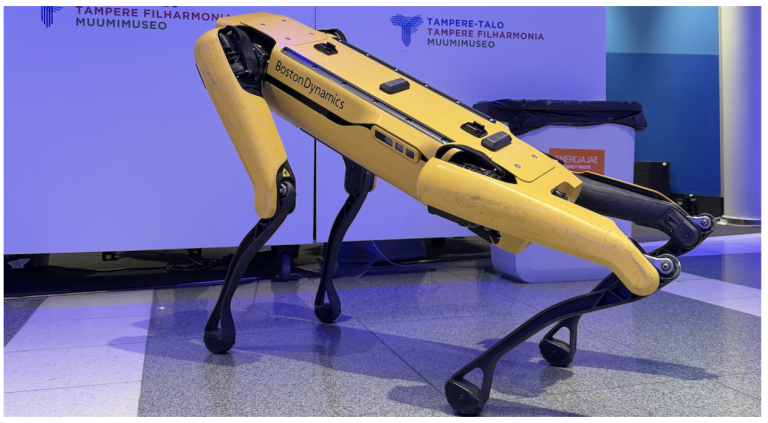Previously, highschool students wrote in this blog, how it was to participate in the course’s co-design workshops, where university students demonstrated their robots and collected some data from the highschool students about their knowledge of robots, and their robot literacy needs and interests. This year’s theme, robot literacy, is based on the work conducted, e.g. in MediaRoboLit 65+ project, and especially on the robot literacy framework by Prof. Rasi-Heikkinen et al. The article about the robot literacy framework can be found here. In MediaRoboLit project the target learner group are older adults, but in our course we wanted explore the robot literacy of young people to get their perspective. Robot literacy refers to skills that are needed to interact and act with robots. Current framework presents six different dimensions.
The first dimension of the framework is Awareness of robots. Awareness of robots means the knowledge of what kinds of robots exist, what the robots’ tasks and functionalities are, and for example how do they look like. The course team did great work in designing and developing a robot quiz that enhanced robot literacy for the learners. The learners needed to select correct option concerning specific robots. The quiz was implemented on Pepper robot, and Pepper gave some encouraging feedback about learning. Paro as a companion robot also did its best to get attention from everyone, and it managed very well in that task. It seems that the soft robots are really the thing for young people.
Second dimension, Interaction with robots, included interactive activity. Three robots, QTRobot, Misty and the soft cat companion robot by Joy for All, were placed on three tables. The learners had a possibility to learn hands-on about different interaction modalities. With QT, they learned about voice-based interaction. Cat robot demonstrated touch modality. Misty demoed some non-verbal communication by making expressions and gestures. Based on the observations by students, it seems that touch modality and soft materials on robots brought in feeling of safety for young people, and they wanted to be in close distance with the soft robots. It seems that the young people could create connection with the non-verbal and touch-based robots even without communicating by speech. Very interesting findings!
Information provided by robots dimension focused on trust towards the information that robots are giving. Furhat robot was the demo robot of this dimension. In this learning activity, learners worked in pairs and their task was to generate a short poem about the themes on focus. Furhat itself guided the process. The goal was to become aware of the possibilities of social robots to make users trust to them more than they should. Anthropomorphism, which means perceived human-like features and characteristics on non-human object, can cause trusting the robot more than e.g. online sources. The course team made a couple of excellent points to ponder, when dealing with robots or any other type of technology: 1) Who designed this? and 2) What is their motivation? Great questions to be asked all the time.

The dimension Programming of robots is actually very relevant and interesting to many young learners. Robots have a great potential to motivate and encourage people to learn programming, as they are embodied and concrete tools. By programming a robot, the learner can concretely see the results on the robot’s behavior. The course team did nice work in creating two levels of programming activity with Nao robot. The easier level was based on block programming, while the more advanced one was text-based programming. They stated that the programming tasks need to be clear and fun, and the robot needs to give feedback about learning. The learners seemed to be motivated in trying out these programming activities! Well done team!

Ethical reflection dimension focused on data privacy and emotional manipulation. The demo was carried out with Amazing AlphaMini, the manipulator and collector of data, and good old Spot dog. The game-like concept’s name was “Friend or Phisher”. In the game, AlphaMini was trying to collect even personal data from the learners, and the group of learners voted if they wanted to give that piece of information. If yes, Spot dog stepped forward on a maze. The idea was not to reach the end of maze, i.e. not to reveal all your personal data. What a nice and funny way to become more aware of this side of robot-related ethics! AlphaMini, by the way, looked very cute in its costume created by the student team <3 The amazing video created by this team can be enjoyed here!

The last dimension, which is not included in the original robot literacy framework, was Envisioning the future with robots. The course team made a great point in the beginning – the future is not something we just wait for, we can design and build it. This team had found out that the main sources of envisioning the robots of the future is movies for young people. They also had found out that the tasks where the young people see the robots beneficial are, for example, assist in everyday tasks, make human’s life more comfortable, conduct dangerous tasks, reduce loneliness and assist elderly. The concept of this team was a robotic talk show channel! Nice and creative!
The Robocarnival event was successful. Collaboration between TAU Robostudio and Tampere highschools run smoothly, and everybody seemed to be happy about participation. We saw project results, where working together as a team was the key to success. It was a great course, where we met each other in person in Robostudio every week. We did a lot of hands-on activities together. It was multidisciplinary and multicultural. The highschool students had an opportunity to visit us three times during the course, which was superb. We had fun as well. Thanks everyone, and I hope we can have this kind of activity also next year! Thanks for the course assistant Aparajita for all technical support, and all Robostudio members for help in arrangements!
On behalf of the Social Robots course,
Aino, the responsible teacher of the course (Amazing Aino Ahtinen, collector of funding, master of supervision)





